The bare essentials
There are three basic knives that every burgeoning home cook should have.
Chef’s knife
A classic chef’s knife is the most important and versatile knife in your collection, the one you’ll use for almost any chopping, slicing, trimming or carving. They have broad blades and are typically 20-30cm in length.
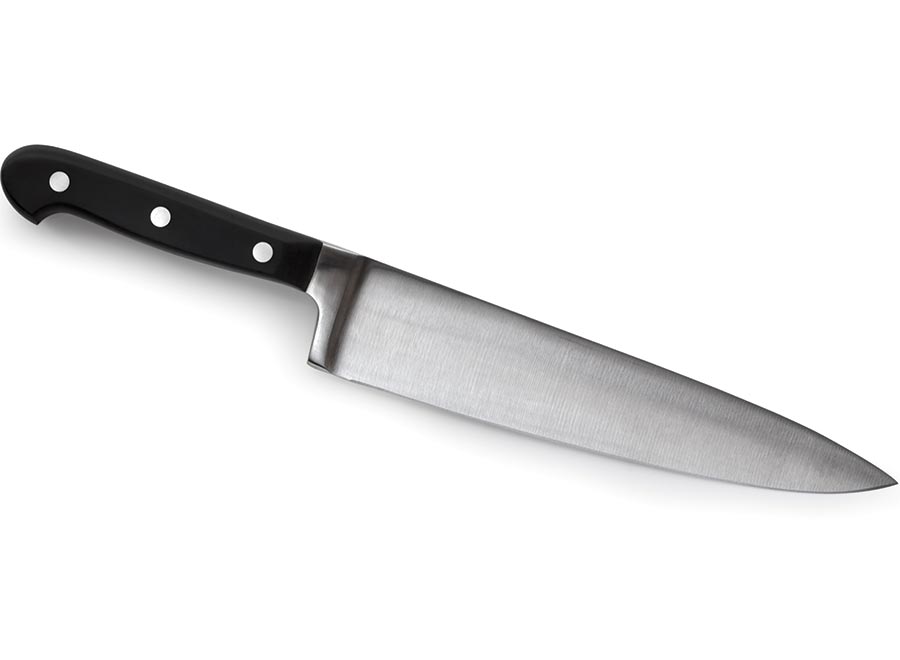
A paring knife picks up where a chef’s knife leaves off. A small, 5-10cm blade, it’s used for peeling, trimming and paring vegetables and for slicing and mincing items that are too small for your chef’s knife, such as garlic, shallots or strawberries.
Bread knife
This knife is obviously a must for slicing bread, but is also useful for foods with waxy surfaces, such as tomatoes, pineapples, watermelons, citrus fruits and peppers, as the serrated edge can grip and penetrate slippery exteriors easily. It’s also your best bet for levelling cakes.
Knife no-nos
Leaving knives unsheathed in the utensil drawer
Not only is it dangerous to have a sharp knife loose in the drawer, but it will rub against other items and become dull quickly. If your knives didn’t come with a block, consider investing in a magnetic knife strip for your wall.
Putting knives in the dishwasher
Dishwasher detergent is abrasive. Combines with the banging around that happens during a wash cycle, it will take the sharp edge off your knife. Instead, wash them in the sink with dishwashing liquid
Sliding a knife, blade down, across the cutting board to clear away what you just chopped.
This can be a tough habit to break, but is an easy way to dull your knife. Simply flip the knife over before you drag it across the board, protecting the blade.
Chopping techniques
The draw
Drawing the knife toward you to cut strips of food
Rest the tip of the blade on the chopping board. Place your index finger on the top of the blade; this helps control the knife. Draw the knife toward you, always keeping the blade’s tip on the board. Keep your fingers tucked away from the blade, securing the food in place as you continue cutting.
The slice
Pushing the knife away from you to make a basic cut
Rest the knife’s handle completely in your palm, keeping a somewhat gentle grip. Keep the tip of the knife on your board in one spot. Lift the knife above the food so it is under the middle portion of the blade as you chop. Bring the knife down, pushing the blade away from you as it comes down on the board. Use your spare hand to push the food under the knife as you cut. Curl your fingers away from the blade, making sure your pinky and thumb are safely tucked away.
The chop
Using the entire blade to chop around a pivot point
Hold the knife and place your other hand on top of the blade. Keep the blade’s tip on the board and lift the back of the knife. Rest your hand on top of the blade and bring down the back of the knife, pushing it away from you as you chop. Keep the tip in one spot as a pivot point, chopping in a semi-circular motion. Use the back of the blade to push and gather the chopped food into a neat pile before going over it again.
A note on sharpening
Sharp knives cut with less brute force than dull knives, doing less damage to the food. A sharp knife also makes it easy to control how the blade moves through the food, giving you control over chopping or slicing, whereas a dull blade will slip off the food and making accidents more likely. Knife sharpeners of various kinds are widely available; find one which suits you and make sure to keep your blades sharp.
- gut health
- healthy
- top tips
- fridge cake
- food festival
- me auld flower
- dublin
- dublin festival
- food and drink festival
- festival line-up
- Summer festival
- Events
- Festivals Ireland
- Body & Soul
- music festival
- summer events
- OATLY
- Crudo
- All Together Now
- Events Waterford
- Events Ireland
- news
- events Dublin
- Home-Cooking
- online cooking course
- cooking
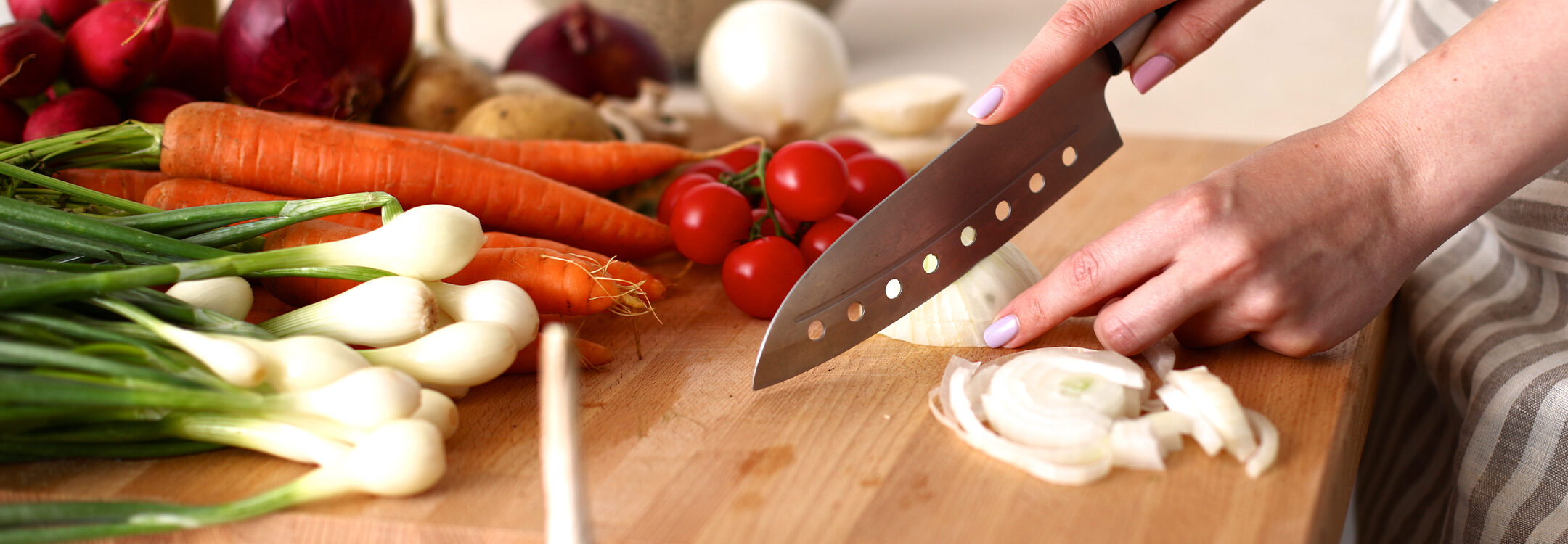
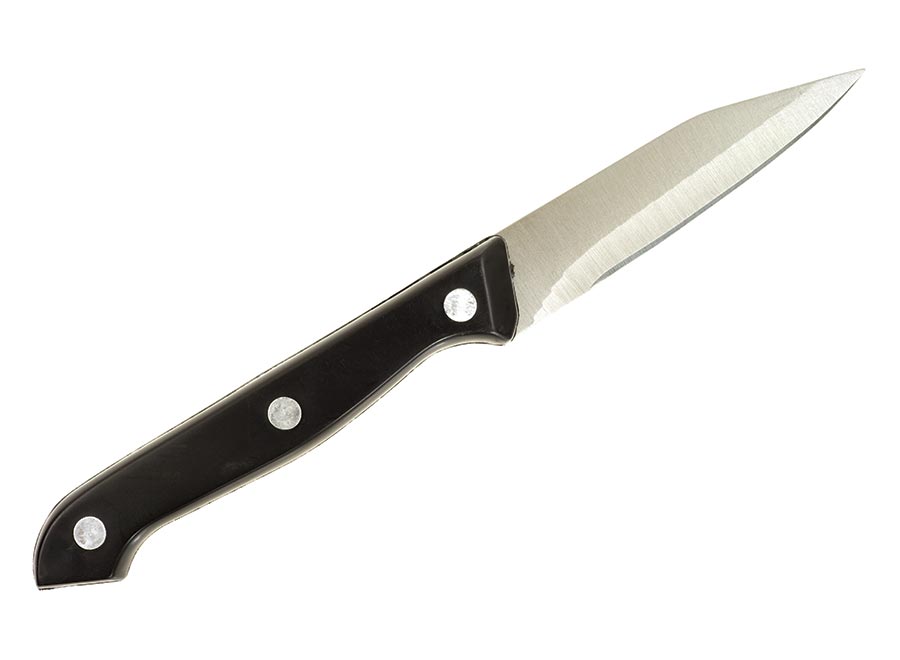
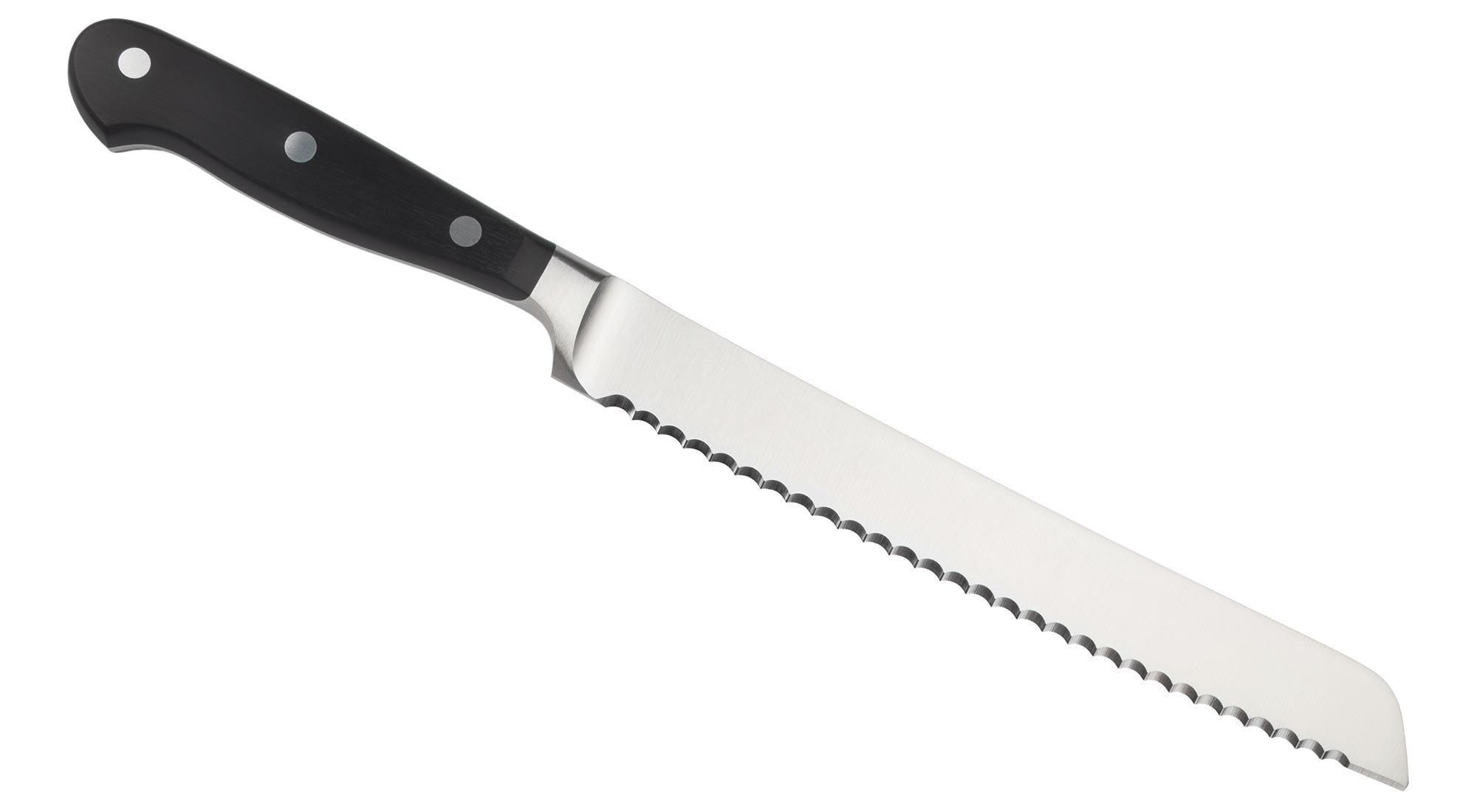
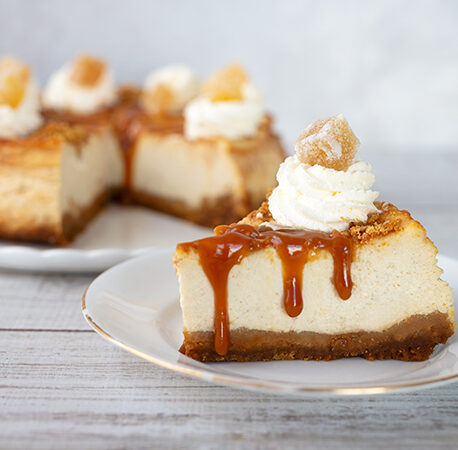
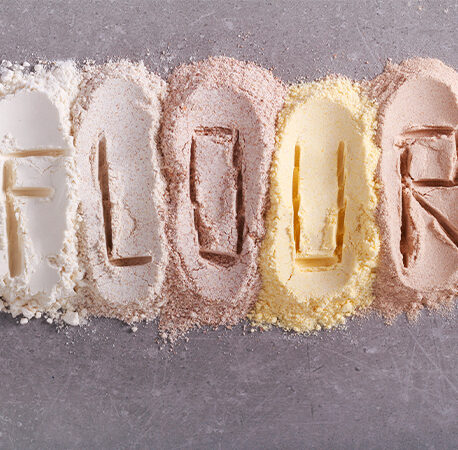

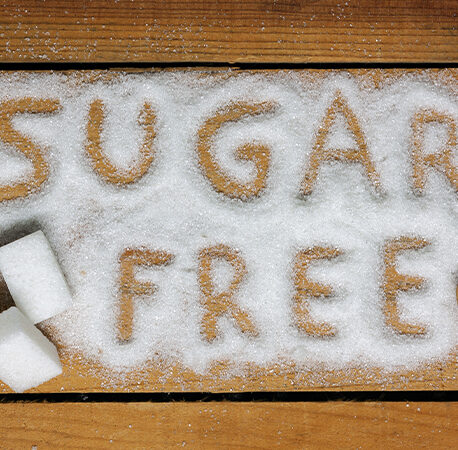
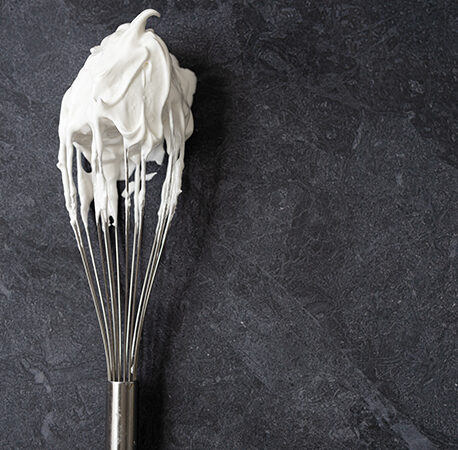
You have to be signed in to comment this post.